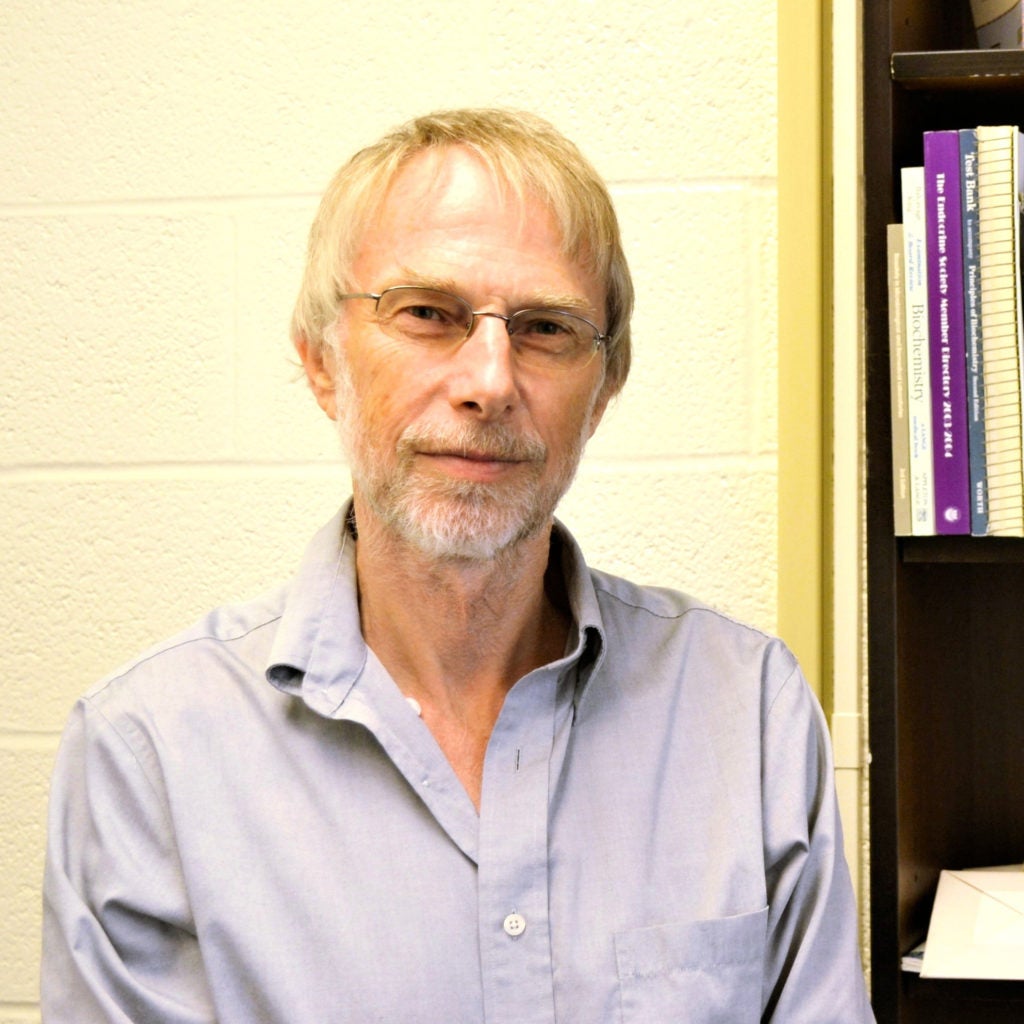Mark Danielsen, Ph.D.: Making room for mental health.

Director, M.S. Biochemistry & Molecular Biology, Bioinformatics Track
Associate Professor, Department of Biochemistry and Molecular & Cellular Biology
“When a program can meet those expectations, and when the students meet or exceed their expectations, that is a success.”
At Georgetown University since 1990
More mental health.
When I first started at Georgetown, it was very rare for students to take a medical leave of absence. It happened, but it was very rare. Now, it is much more common and many of the requests for leaves of absences are for emotional disorders. I do not think there are more emotional disorders now than there used to be, but students are much more willing to talk about mental health in a different way than it used to be. We are more willing to stand up and say, “There’s too much stress, and I need time off.” A lot of universities now have robust mental health services and resources for people who are suffering.
“I would like students to say that I’ve changed the way they think.”
Setting expectations.
Students come to Georgetown with various expectations. When a program can meet those expectations, and when the students meet or exceed their expectations, that is a success. It is also a success if they come with a particular set of expectations, and the program helps them change those, hopefully in a good way. When we look at students and measure our success as educators, it is all about how we prepared the students for the next step. Have they undergone the bioinformatics education that we would like so they can now effectively participate in the bioinformatics community? If they can, then that is a success.
“I just got my third patent, which is another big surprise, I never thought I’d have patents.”
Divergent paths lead to patents.
I came to Georgetown University as a molecular endocrinologist to work on steroid hormones and their receptors. When the first anthrax attacks happened, a few other scientists and I were surprised that the authorities could not tell whether a white powder was baking soda or anthrax. We decided to try and develop ways of detecting anthrax and other pathogens. The Department of Defense (DOD) gave us money so that we could develop biochemical assays, the bioinformatic analyses to allow those assays to work, and also we created a semi-automated machine that could detect anthrax. That led to two of my patents. The third patent is sort of an extension of that project, although it was done without any monetary help from the DOD. Currently, we are trying to do similar work with pathogens with more of a health interest, such as sexually transmitted infections and viruses.
